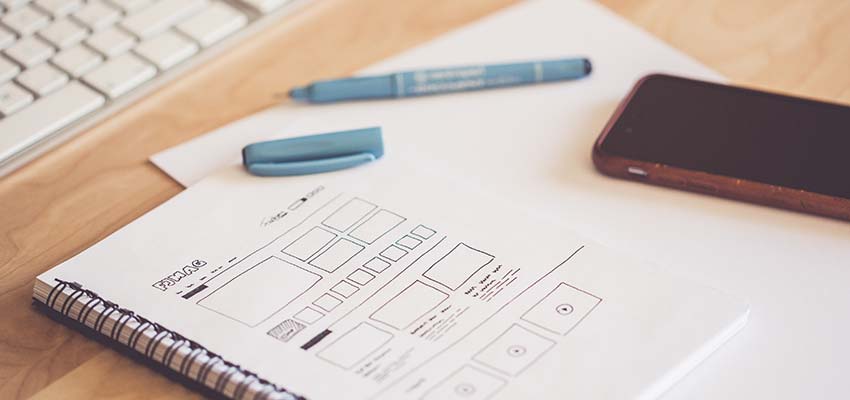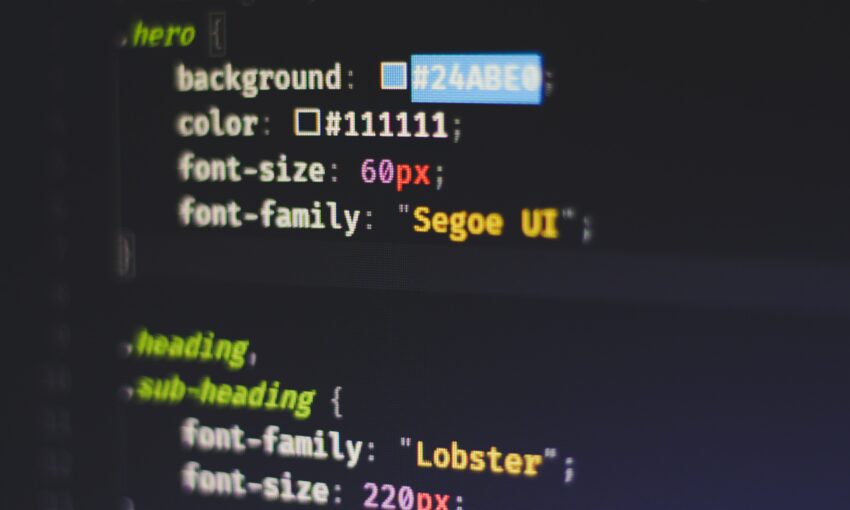When designing your own website, it typically requires you to craft a detailed plan for creating it and oftentimes finding people to assist with the project. Sometimes the website design takes no more than a week, but most of the time it takes longer. What’s more is that all websites require testing and some kind of maintenance after the design is done.
Websites are becoming simpler and easier to construct, but you still don’t want to cut any corners along the way. That’s why we’ve compiled a list of steps for you to effectively plan your website’s design.
Create a Plan with Goals
Your plan involves figuring out the purpose of your website. Do you want more sales? Email subscribers? Donations?
After that, you need to set up some goals for that plan. How many sales are you trying to get per month? Is there a certain number of visitors you would like to see every month? Combined with a good analytics program (like Google Analytics), you should be able to check in on all of this information.

Assign Roles for that Plan
You often won’t be working on the website design alone. You might need a web developer, along with someone who can write content, like blog posts and webpage details. The same goes for a logo designer and a CSS professional who takes your customizations to the next level.
Once you decide on the professionals needed, outline the roles and make sure everyone knows what others are doing.
Create a Budget Based on the Plan and Roles
It’s good to set your team before establishing a budget, since the web design professionals can help recommend the best value in items like hosting, graphic design, content management systems and more. It doesn’t matter the size of your organization. A budget needs to be put in place to see your expenses and how you plan on paying for those expenses.

Develop a Strategy for Content
Without a content strategy, websites tend to not get updated. These types of sites display old, stale information that people don’t care about. Therefore, you should put together a strategy for content such as blog posts, slideshows, documents, videos and pictures. Are you going to post all of these content items starting at day one? Or is it a better idea to make a schedule and share things like videos and blog posts over the course of the year?
Draw Out the Structure of the Website and Make a Mockup
Think about which web pages you’ll use to form your website. For instance, you may have pages like About Us, Contact Us, Portfolio or an Online Shop.
Once you have the list of webpages, generate a mockup, or visual representation of your website, to show to other people in your organization. This is essentially the first draft of the site, which can be developed in Photoshop or many other mockup or wireframe programs online. Most of the time it’s best to have a designer complete the mockup, but sometimes you can do it yourself with pen and paper.

Design It
From simple navigation to a quality company logo, the process of designing is best accomplished with an experienced web designer. Even if you only hire a consultant or use online resources to design your site, take your time with this process and prepare for lots of testing.
Test the Design Multiple Times
Consistent testing solves many problems and guarantees that the mistakes are minimized. For example, one of your testers might find that the website doesn’t show up properly on Internet Explorer. Another tester may discover that a few of your navigational buttons lead to broken links. Having a solid testing plan ensures that your website is ready to show to both customers and the search engines.

Maintain, Maintain, Maintain
You may have someone in your organization to maintain the website, or you might want to hire a freelancer to do this. Regardless, maintenance keeps your website secure, up-to-date, clean and fresh with content.
It’s important to assign someone to post new content on your website. It’s also necessary to update your CMS and plugins. In addition, you’ll want to configure a system that backs up your content and secures the site into the future.
Now You’re Ready to Effectively Plan Your Website’s Design
Now that you have the knowledge to plan your website, get started with your outline and think about the people who will undertake every task. If you have any questions about effectively planning your website’s design, let us know in the comments.
This post may contain affiliate links. See our disclosure about affiliate links here.



